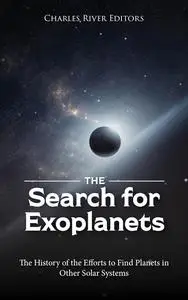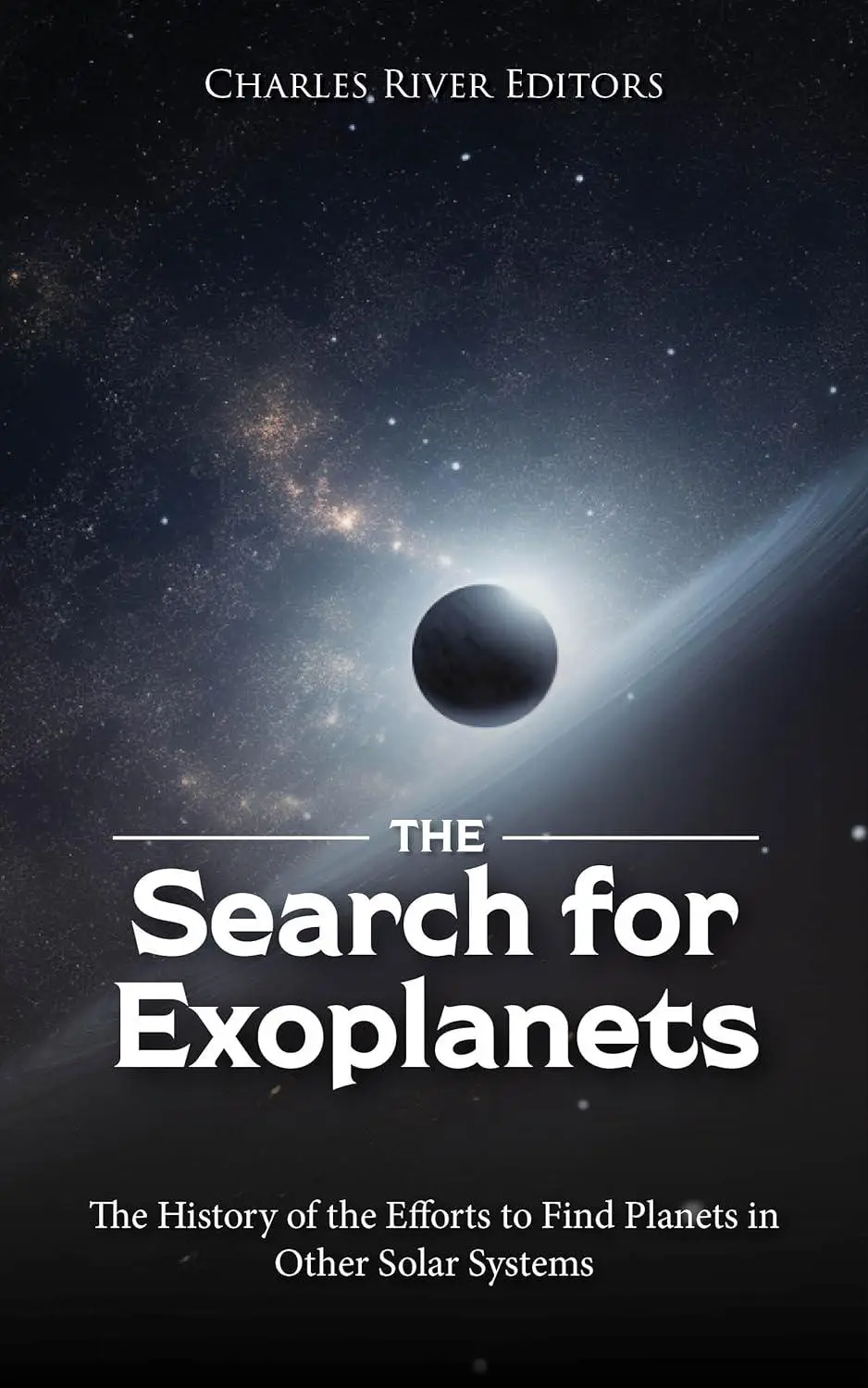The Search for Exoplanets: The History of the Efforts to Find Planets in Other Solar Systems by Charles River Editors
English | July 5, 2023 | ISBN: N/A | ASIN: B0CB99SM6Y | 66 pages | EPUB | 1.24 Mb
English | July 5, 2023 | ISBN: N/A | ASIN: B0CB99SM6Y | 66 pages | EPUB | 1.24 Mb
While modern technology has helped astronomers view the furthest reaches of the Solar System, it has also allowed scientists to start discovering planets orbiting distant stars. To make it easier to assess the relative mass and size of the new planets being discovered, scientists give these measurements as multiples of those properties for either Jupiter or Earth. In other words, if the planet is the same mass as Jupiter, then this measure would be listed as 1.0 MJ. If it were three times the mass of Earth, then it would be listed as 3.0 MEarth. The sizes of exoplanets are frequently given by expressing their radii as multiples of Jupiter’s radius or as multiples of Earth’s radius, RJ and REarth, respectively.
Of course, given the immense distances involved, detecting exoplanets has always been hard, even to this day. The variations of light that might be evidence of an exoplanet can be caused by other phenomena, and separating the false positives from the actual detections is part of the rigor required by modern planet hunters. For example, in July 1988, a Canadian team led by astronomers Bruce Campbell, Gordon Walker, and Stephenson Yang discovered persistent indications that a planet orbited the primary star in the Gamma Cephei system, 44.98 light-years (13.79 parsecs) from the Earth. Though the technique they used was successfully employed in many subsequent discoveries, the quality of their data was insufficient for others to verify as unequivocally the result of an extrasolar planet. For reasons of poor data quality, the claimed discovery of Gamma Cephei Ab was retracted in 1992.
The first confirmed discovery of an exoplanet involved a system that surprised most planet hunters. While most astronomers had been looking to find planets orbiting stars in the main sequence (between infancy and old age) or in their old age (giant phase), the first confirmed planets were found to orbit a dead star, the burnt-out core of a former giant star now broadcasting a rapid series of pulses to the rest of the universe.
The first planet confirmed to be orbiting a sun-like star made the news in 1995, discovered by two Swiss scientists, Michel Mayor and Didier Queloz, using the radial velocity method. The planet was given the technical designation of 51 Pegasi b, and the more palatable name, Dimidium. Since the inclination of the planet’s orbit to our line of sight remains unknown, we can only know the minimum estimated mass calculated to be 0.472 MJ (slightly less than half the mass of Jupiter).Perhaps the most surprising aspect of the discovery was the distance of this gas giant from its parent star. This planet, 51 Pegasi b, is so close to its sun that it only takes 4.23 days for it to complete one orbit, and since it is so close to its star, the planet is an estimated 1,011° Celsius. Though the color of the star, 51 Pegasi, is like that of our Sun, the exoplanet’s parent is slightly larger and more massive. With a spectral type of G2IV, 51 Pegasi has evolved off the main sequence into the beginnings of stellar old age as a subgiant. This is consistent with its estimated age of 6.1 billion years: about 1.6 billion years older than the Solar System.



